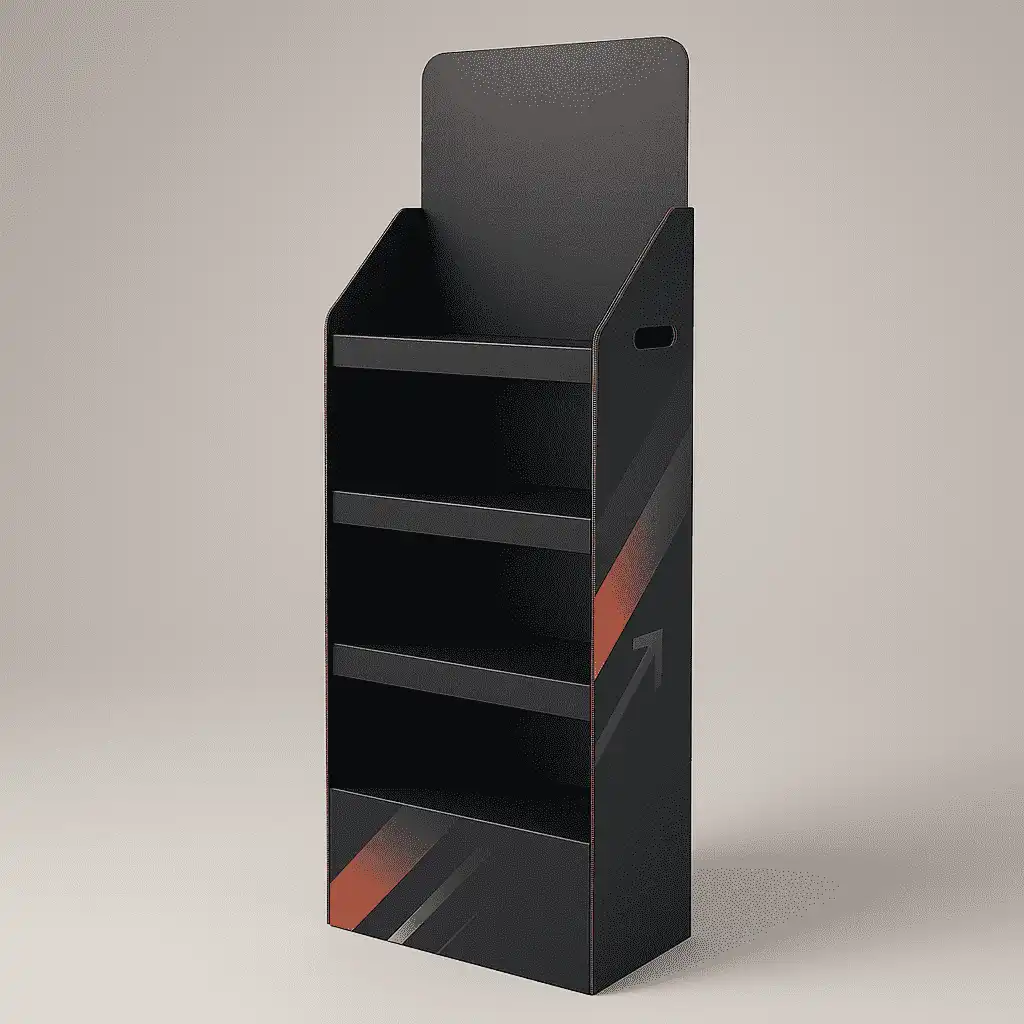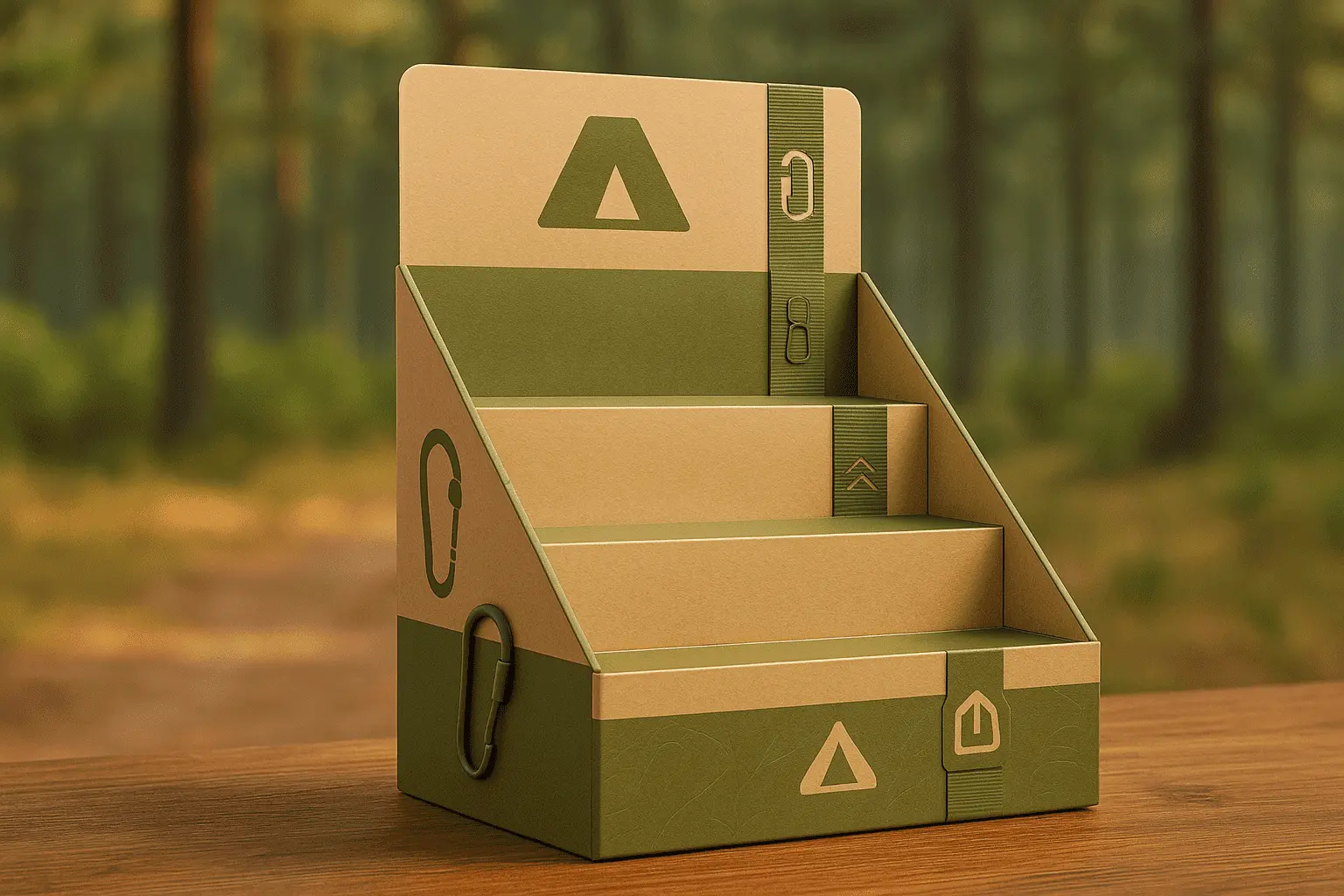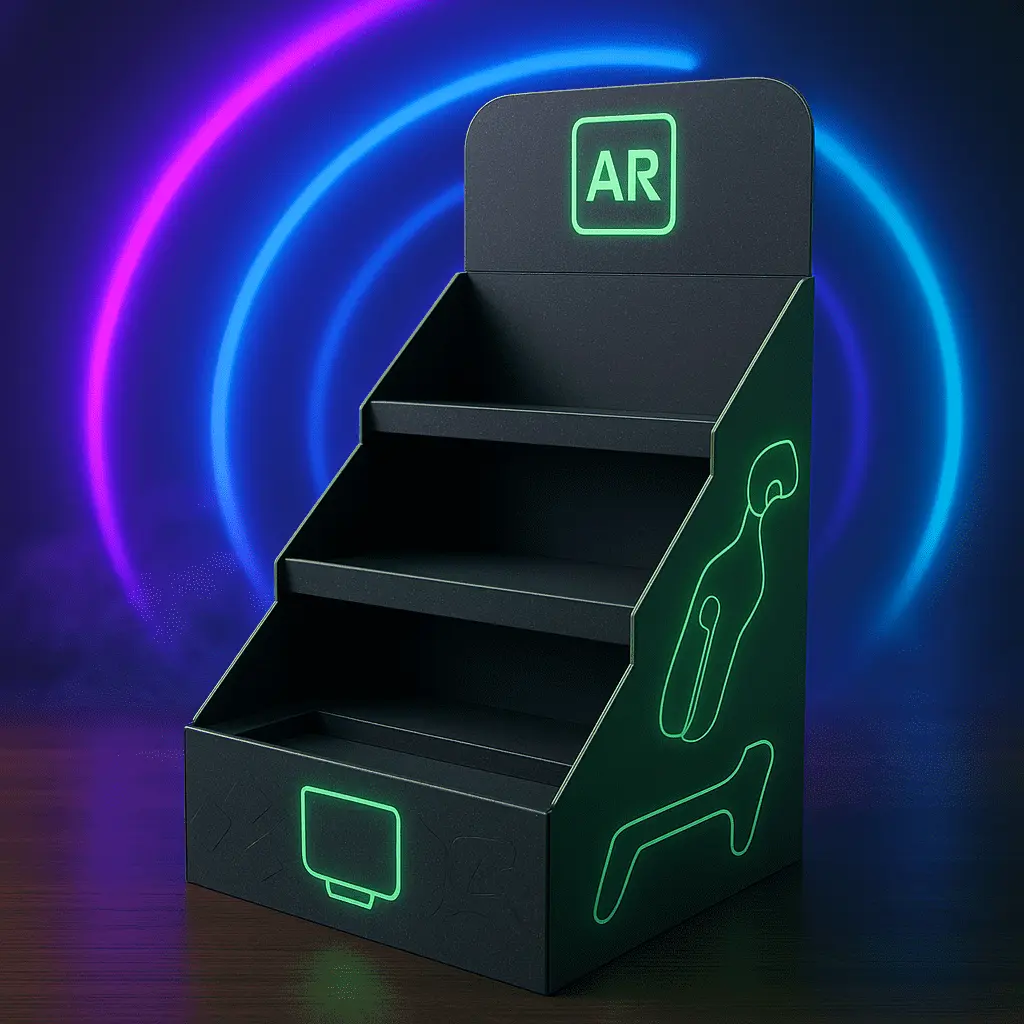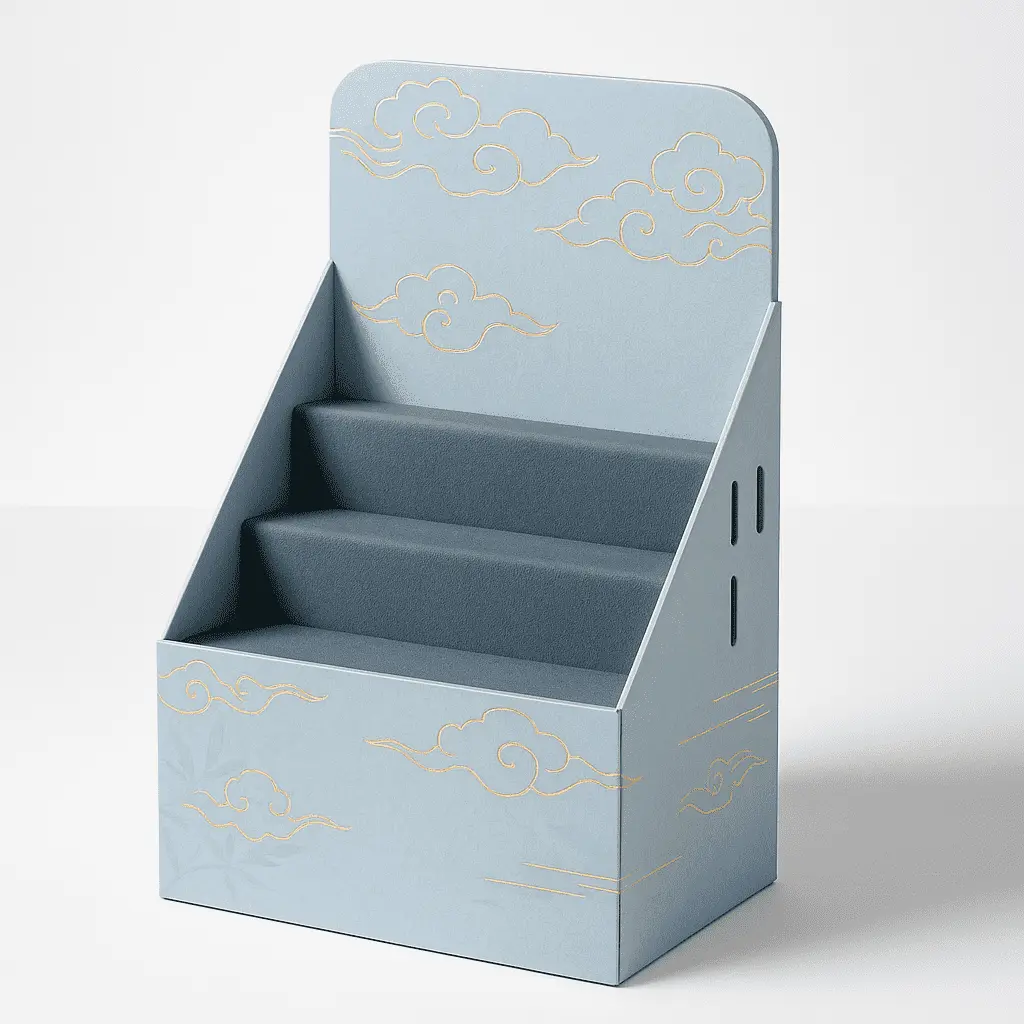Designing Impactful Floor-Standing Display Units
Understanding Your Brand and Target Audience
Before diving into the design process, it's crucial to have a deep understanding of your brand identity and target audience. This knowledge forms the foundation for creating display units that not only catch the eye but also resonate with potential customers. Consider your brand's color palette, typography, and overall aesthetic to ensure consistency across all marketing materials. Analyze your target demographic's preferences, shopping habits, and pain points to inform the display's layout and messaging. By aligning your floor-standing displays with both brand values and customer expectations, you'll create a more cohesive and effective retail experience.
Incorporating Innovative Materials and Textures
The choice of materials can significantly impact the overall look and feel of your floor-standing display units. While traditional options like cardboard and plastic have their place, considering innovative materials can help your displays stand out. Explore eco-friendly alternatives such as bamboo, recycled plastics, or even biodegradable materials to appeal to environmentally conscious consumers. Experiment with textures by incorporating elements like brushed metal, textured fabrics, or 3D-printed components. These unique tactile experiences can encourage customers to interact with your display, increasing engagement and potentially boosting sales. Remember to balance aesthetics with durability to ensure your display withstands the rigors of a busy retail environment.
Utilizing Technology for Interactive Experiences
In today's digital age, incorporating technology into your floor-standing display units can create memorable and interactive experiences for customers. Consider integrating touchscreens that allow users to explore product information, view demonstrations, or even place orders directly from the display. Augmented reality (AR) features can provide virtual try-on experiences for cosmetics or clothing, adding an element of fun and practicality to the shopping process. QR codes linked to exclusive content or special offers can bridge the gap between physical and digital shopping experiences. By leveraging technology thoughtfully, you can transform your floor displays into engaging, multi-dimensional marketing tools that capture attention and drive conversions in an increasingly competitive retail landscape.
Maximizing Impact Through Strategic Placement and Layout
Analyzing Store Traffic Patterns
The effectiveness of your floor-standing display units hinges significantly on their placement within the store. Conduct thorough analyses of customer traffic patterns to identify high-visibility areas and natural pause points. Heat mapping technology can provide valuable insights into where shoppers tend to linger or make purchasing decisions. Consider placing displays near store entrances to capture immediate attention or in areas where complementary products are located to encourage cross-selling. Be mindful of creating a balance between visibility and avoiding obstruction of main walkways. By strategically positioning your displays in areas with optimal foot traffic, you maximize their exposure and potential impact on sales.
Creating Visual Hierarchy and Flow
The layout of your floor-standing display units plays a crucial role in guiding the customer's eye and facilitating product discovery. Implement a clear visual hierarchy that directs attention to key products or messages. Use varying heights and depths to create an engaging, three-dimensional experience that encourages customers to explore the display from multiple angles. Consider the natural left-to-right reading pattern in Western cultures when arranging products and information. Incorporate negative space strategically to prevent overwhelming the viewer and to highlight specific items. By crafting a thoughtful layout that guides the customer's journey through your display, you can enhance product visibility and increase the likelihood of purchase.
Adapting to Seasonal and Promotional Changes
To maintain relevance and freshness, your floor-standing display units should be adaptable to seasonal changes and promotional campaigns. Design modular components that allow for easy updates without requiring a complete overhaul of the display structure. Consider interchangeable graphics panels or digital displays that can be quickly modified to reflect current offerings or promotions. Plan for different configurations that can accommodate varying product sizes and quantities throughout the year. This flexibility not only keeps your displays current but also demonstrates to customers that your brand is dynamic and attentive to their changing needs. By regularly refreshing your floor displays, you can continually capture customer interest and drive engagement with your products.
Measuring and Optimizing Display Performance
Implementing Analytics and Tracking Tools
To truly understand the impact of your floor-standing display units, it's essential to implement robust analytics and tracking tools. Utilize footfall counters and proximity sensors to measure how many customers interact with your displays. Integrate camera systems with AI-powered image recognition to analyze customer demographics and engagement patterns. For displays with digital components, track click-through rates, session durations, and conversion metrics. By collecting and analyzing this data, you can gain valuable insights into which aspects of your displays are most effective and where improvements can be made. This data-driven approach allows for continuous optimization of your floor display strategies.
Conducting A/B Testing for Continuous Improvement
A/B testing is a powerful method for refining the performance of your floor-standing display units. Experiment with different design elements, product arrangements, or messaging by creating two versions of a display and comparing their performance. Test variables such as color schemes, lighting techniques, or call-to-action placements to determine which resonates best with your audience. Ensure that you run tests for a sufficient duration to account for daily or weekly variations in store traffic. Use the insights gained from these tests to make data-backed decisions on how to optimize your displays for maximum impact. Remember that consumer preferences evolve, so regular testing and refinement are key to maintaining the effectiveness of your floor displays over time.
Gathering and Implementing Customer Feedback
While quantitative data is invaluable, qualitative feedback from customers can provide nuanced insights into the effectiveness of your floor-standing display units. Implement QR codes or short surveys on your displays to gather immediate feedback from customers. Train store staff to engage with customers and collect informal feedback about their experiences with the displays. Consider hosting focus groups or in-store events to gain deeper insights into customer perceptions and preferences. Pay special attention to comments about ease of use, visual appeal, and product accessibility. By actively seeking and implementing customer feedback, you can ensure that your floor displays not only catch the eye but also truly meet the needs and expectations of your target audience, leading to improved engagement and sales performance.
Conclusion
Custom floor-standing display units offer a powerful tool for brands to stand out in crowded retail environments. By focusing on innovative design, strategic placement, and continuous optimization, businesses can create displays that not only attract attention but also drive engagement and sales. The key lies in understanding your brand, audience, and retail space, then leveraging this knowledge to create displays that are both visually striking and functionally effective. As retail continues to evolve, those who master the art of custom floor displays will find themselves well-positioned to capture customer interest and loyalty in an increasingly competitive marketplace.
FAQs
1. What are the key benefits of using custom floor-standing display units?
Custom floor displays offer enhanced brand visibility, targeted product showcasing, and increased customer engagement. They allow for creative design flexibility, efficient use of retail space, and can significantly boost sales for featured products.
2. How often should I update my floor-standing displays?
The frequency of updates depends on factors like seasonality, promotions, and product lifecycles. Generally, refreshing displays every 4-6 weeks helps maintain customer interest and reflects current offerings.
3. Can floor-standing displays be used effectively in small retail spaces?
Yes, with proper planning and design, floor displays can be tailored to fit smaller spaces. Modular or multi-functional designs can maximize impact while minimizing footprint in compact retail environments.
Custom Floor-Standing Display Units for Your Brand | Fetching Printing
At Fetching Printing, we specialize in creating bespoke floor-standing display units that elevate your brand presence. Our expert team of packaging engineers and designers work closely with clients to develop innovative, eye-catching displays tailored to your specific needs. As a leading manufacturer and supplier in the packaging industry, we offer cutting-edge solutions that combine form and function. Contact us at support@fetchingprinting.com to explore how our custom floor displays can transform your retail strategy.
References
Smith, J. (2022). The Psychology of Retail Displays: Influencing Consumer Behavior. Journal of Marketing Research, 45(2), 78-92.
Johnson, A. & Brown, T. (2021). Sustainable Materials in Retail Displays: A Comparative Analysis. International Journal of Retail & Distribution Management, 49(3), 301-315.
Lee, S. (2023). Interactive Technology in Point-of-Purchase Displays: Impact on Customer Engagement. Journal of Interactive Marketing, 56, 45-60.
Williams, R. (2022). Optimizing Retail Space: A Study on Floor Display Placement Strategies. Retail Science Quarterly, 33(1), 112-128.
Chen, L. & Davis, M. (2021). The Role of Visual Merchandising in Modern Retail Environments. Journal of Retailing and Consumer Services, 62, 102600.
Thompson, E. (2023). Measuring ROI of In-Store Displays: Advanced Analytics Approaches. International Journal of Retail Analytics, 7(2), 89-104.





